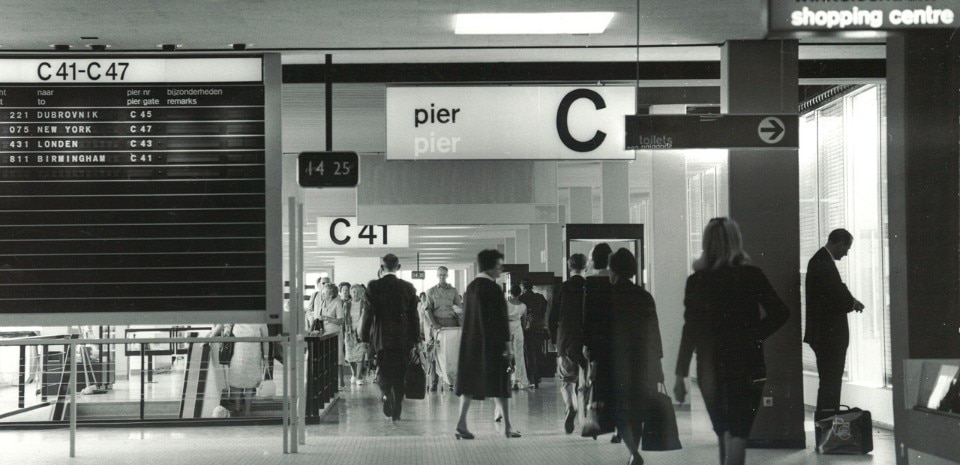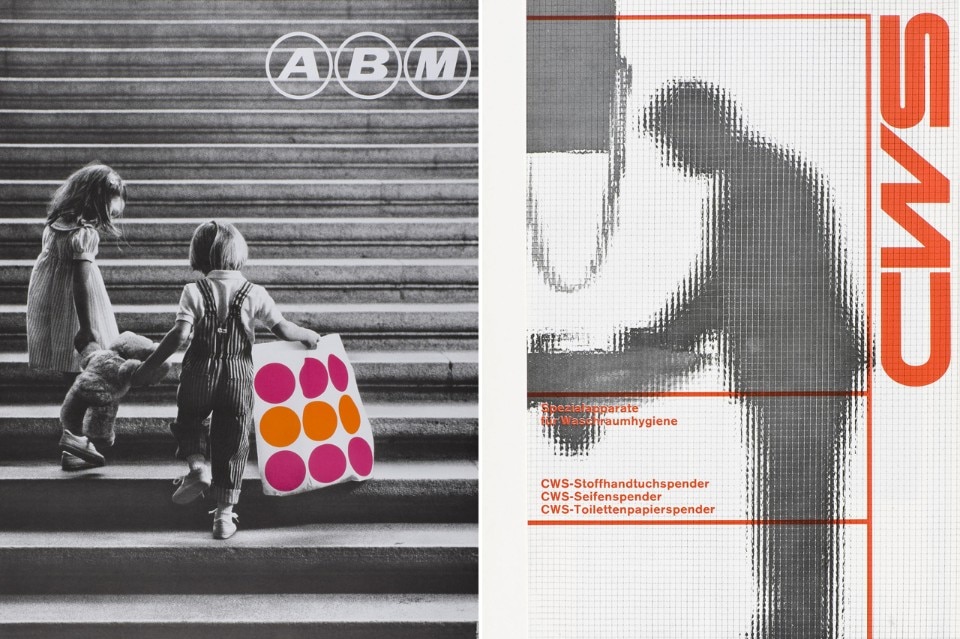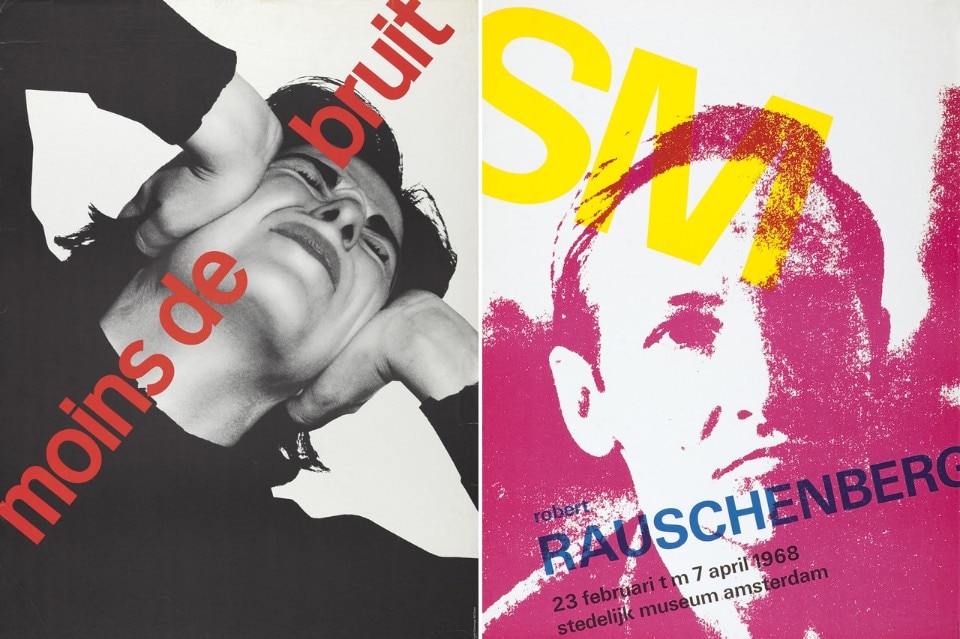
Josef Muller-Brockmann, Karl Gerstner or Armin Hofmann were the father figures of the pioneer-ing movement that propagated the Swiss Style. This movement was marked by an abstract or constructive repertoire of forms. The characteristics are: a clearly structured system of text and images, the use of sans serif typefaces and a general tendency towards abstraction and reduction. Instead of illustrations symbols are used.
In the 1960s this modern style not only had its finger firmly on the pulse of the time, it also responded to the growing need of large businesses and state institutions to communicate speedily, universally and under-standably. The design tasks circled essentially around questions about the corporate identity of firms and institutions and the development of complex symbol systems that could be read quick-ly and unambiguously by an increasingly mobile society. Alongside the USA, it was above all graphic designers in Holland, England and France who incorporated ideas from Swiss graphic design in their own, local ways of expression and developed them further.
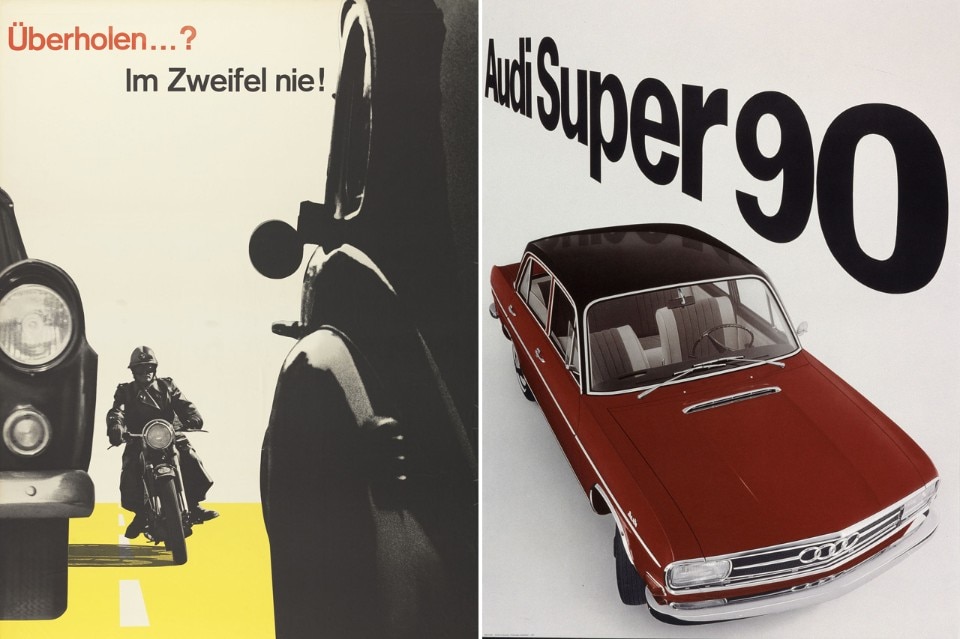
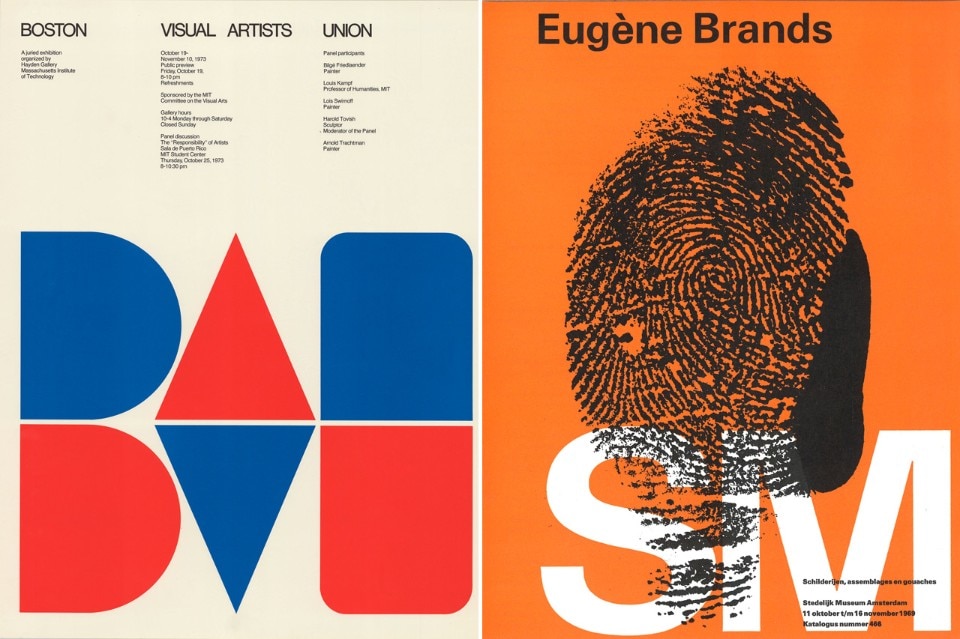
17 April – 26 July 2015
Swiss Style – International Graphic Design
curated by Karin Gimmi
exhibition design Christian Horisberger
Museum fur Gestaltung, Schaudepot
Toni-Areal, Pfingstweidstrasse 96, Zürich


